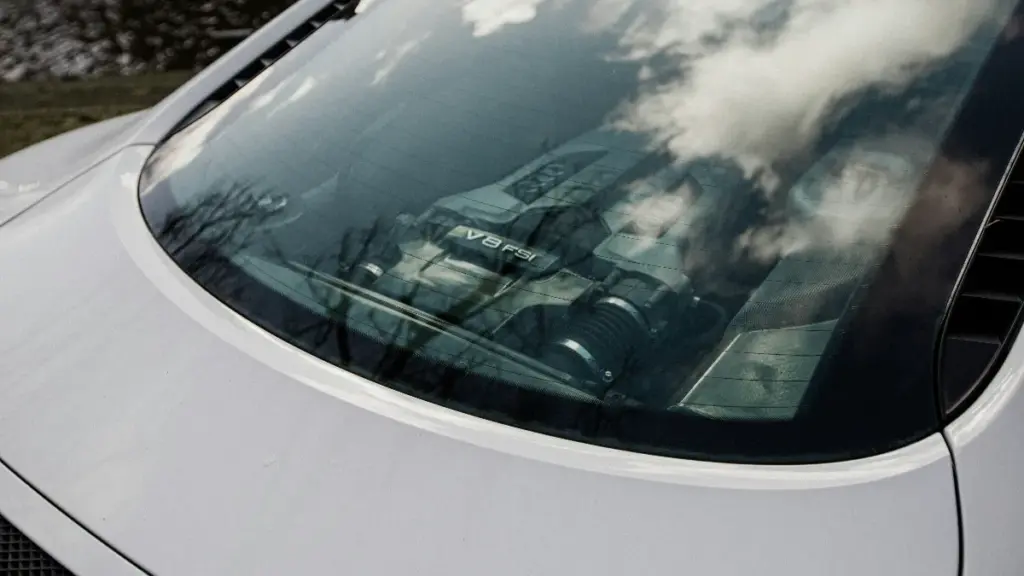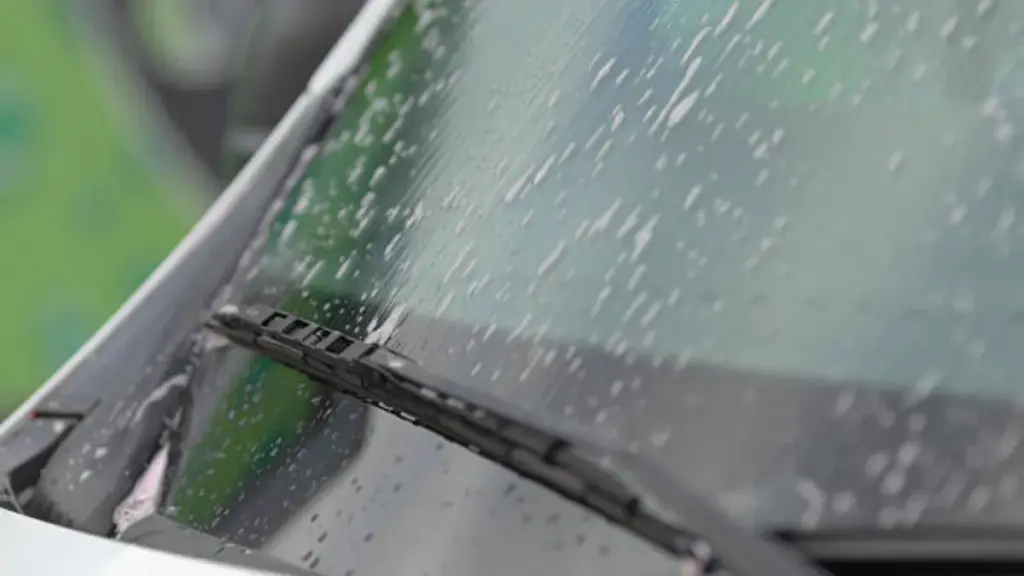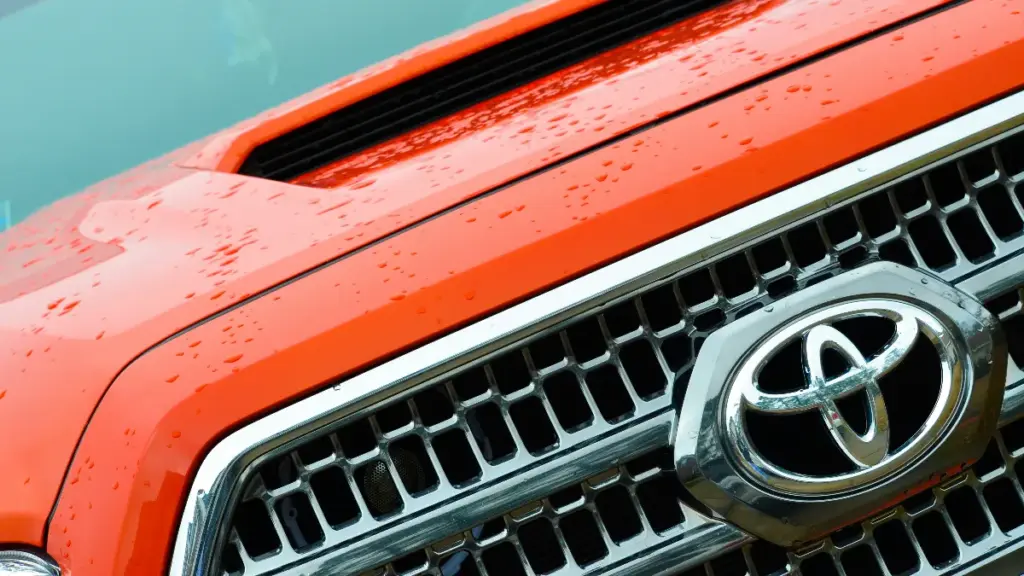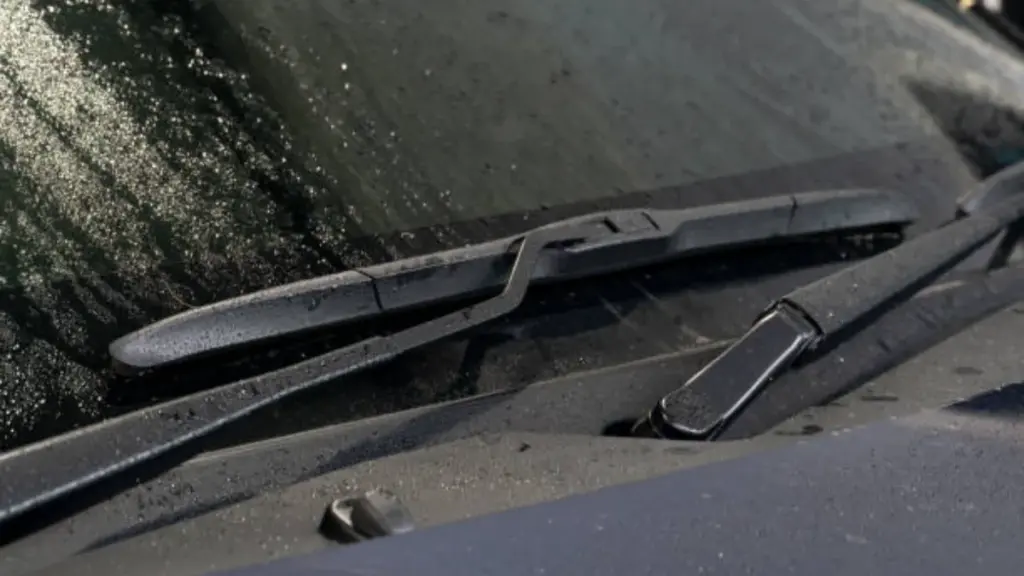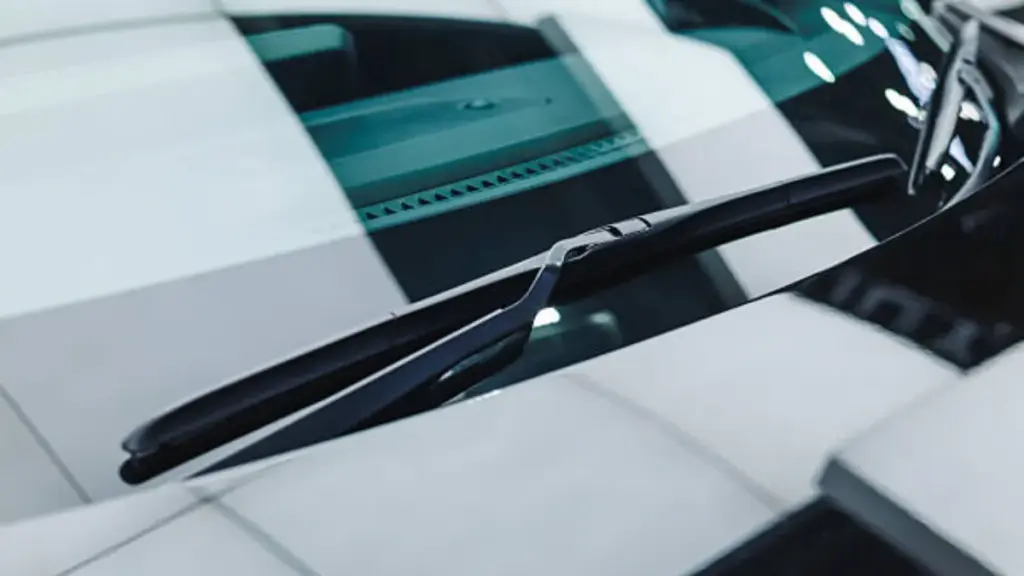Picture this: you’re driving in the rain, and your windshield wipers are working overtime. Have you ever wondered which is better: silicone or rubber wiper blades? With so many options on the market, choosing the right wiper blades can be a bit overwhelming. Each type has its own set of benefits and drawbacks, making it crucial to understand their differences to ensure you pick the best option for your needs. In this blog, we’ll dive into the pros and cons of silicone versus rubber wiper blades to help you make an informed decision.

What Are Silicone Wiper Blades?
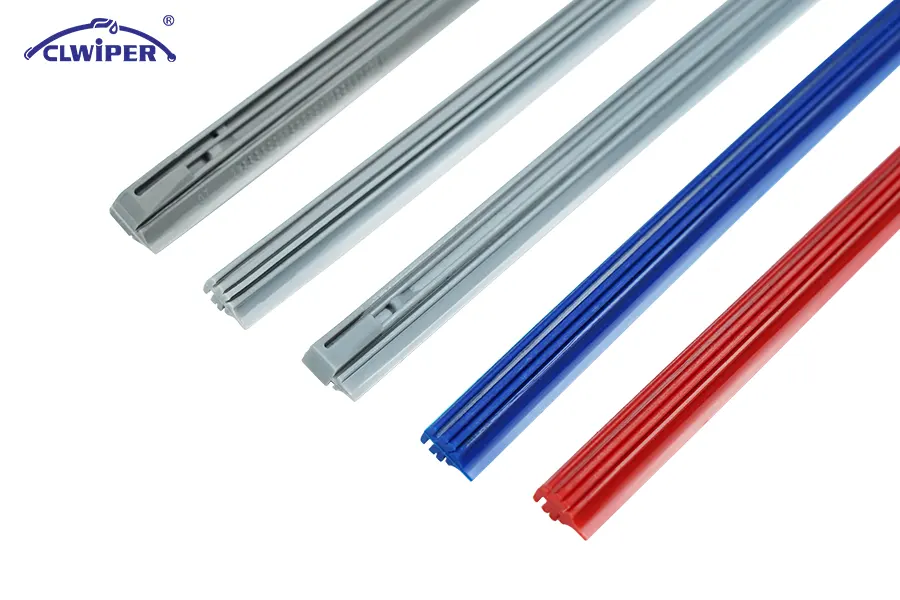
Silicone wiper blades are constructed from a synthetic polymer known for its resilience and performance characteristics. The industry has embraced silicone as a material due to its superior durability and resistance to environmental stressors. Silicone wiper blades are designed to withstand extreme temperatures, UV exposure, and ozone degradation, which can often cause traditional rubber blades to deteriorate prematurely.
Pros of Silicone-Coated Wiper Blades
Silicone-coated wiper blades boast an advanced design that brings several notable advantages. Here’s a look at the benefits they offer:
- Extended Durability: Silicone-coated wiper blades are designed to last longer than traditional rubber blades, thanks to their resistance to UV rays and ozone.
- Enhanced Performance: They provide a smoother, streak-free wiping action, contributing to better visibility during inclement weather.
- Temperature Resilience: Silicone blades perform well in extreme temperatures, maintaining flexibility and effectiveness in both hot and cold conditions.
- Reduced Noise: These blades typically operate more quietly compared to rubber blades, enhancing overall driving comfort.
- Water Repellency: Silicone leaves a thin layer on the windshield that helps repel water, improving clarity and reducing the frequency of blade replacements.
Cons of Silicone-Coated Wiper Blades
However, silicone-coated wiper blades are not without their drawbacks. Consider the following potential disadvantages:
- Higher Cost: Silicone blades are generally more expensive than rubber blades, which may be a factor for cost-conscious consumers.
- Cold Weather Performance: In extremely cold conditions, silicone blades can become less flexible, potentially impacting their effectiveness.
- Maintenance Requirements: To maximize their lifespan, silicone blades require proper maintenance, and neglect can affect their performance over time.
- Limited Availability: Silicone wiper blades may not be as widely available as rubber blades, potentially limiting options for some vehicle models.
What Are Rubber Wiper Blades?
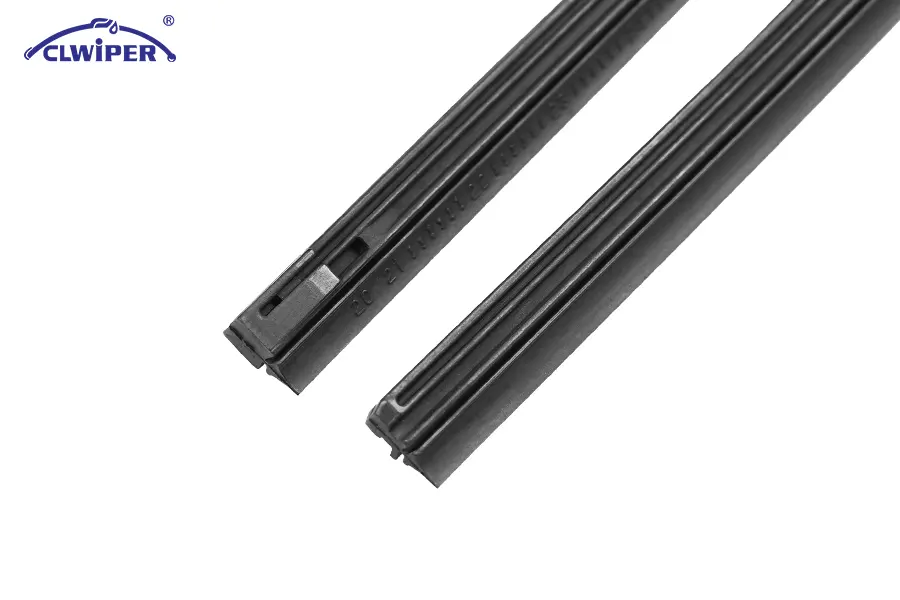
Rubber wiper blades are the most commonly used type of wiper blades, crafted primarily from natural or synthetic rubber. This material is chosen for its flexibility and adaptability, which allows the blades to conform to the contours of the windshield and effectively clear away rain, snow, and debris. Rubber wiper blades are typically designed with a metal frame that supports the rubber element, ensuring proper pressure distribution across the windshield for effective wiping action.
Pros of Silicone-Coated Wiper Blades
Rubber wiper blades offer several advantages that make them a popular choice among drivers:
- Affordability: Rubber wiper blades are typically more budget-friendly compared to silicone options, making them a cost-effective choice for many consumers.
- Flexibility: The rubber material is highly flexible, allowing the blades to conform to the windshield’s surface for effective and even wiping.
- Cold Weather Performance: Rubber blades generally perform well in cold conditions, maintaining their flexibility and functionality even in freezing temperatures.
- Ease of Replacement: Due to their widespread use, rubber wiper blades are easily available and often simpler to replace, with a wide range of compatible options for various vehicle models.
- Good Water Removal: They are effective at removing water and debris from the windshield, ensuring clear visibility during adverse weather conditions.
Cons of Silicone-Coated Wiper Blades
Despite their advantages, rubber wiper blades also have some drawbacks:
- Shorter Lifespan: Rubber blades are less durable compared to silicone blades and can wear out more quickly due to exposure to UV rays, ozone, and temperature fluctuations.
- Prone to Streaking: Over time, rubber blades can develop streaks or leave residue on the windshield, which can impair visibility and necessitate more frequent replacements.
- Wear and Tear: They are more susceptible to cracking and splitting as they age, which can affect their performance and require timely maintenance.
- Limited Performance in Extreme Conditions: While they handle cold temperatures relatively well, rubber blades may not perform as effectively in extremely hot conditions, where they can become more prone to deterioration.
Differences of Wiper Blades: Rubber vs Silicone

Each type has unique attributes that impact performance, durability, and cost. Here’s a comparison of their key differences in the debate of wiper blades rubber vs silicone:
- Material Composition: Rubber wiper blades are made from natural or synthetic rubber, which is flexible and cost-effective. Silicone wiper blades, on the other hand, use a synthetic silicone rubber compound known for its superior durability and resistance to environmental factors.
- Durability: Silicone blades generally have a longer lifespan than rubber blades. They are resistant to UV rays, ozone, and extreme temperatures, which helps prevent cracking and deterioration. Rubber blades, while initially effective, tend to wear out faster due to these same environmental stressors.
- Performance in Various Conditions: Silicone wiper blades offer excellent performance across a wide range of weather conditions, including extreme temperatures. They maintain their flexibility and effectiveness over time. Rubber blades perform well in cold weather but can become less effective in high temperatures, leading to potential performance issues.
- Noise Levels: Silicone wiper blades are often quieter in operation, providing a smoother and more pleasant driving experience. Rubber blades can be noisier, especially as they wear and their surface becomes uneven.
- Water Repellency: Silicone blades leave a thin layer of silicone on the windshield, which helps repel water and reduces the frequency of blade replacements. Rubber blades do not offer this water-repellent feature, which can lead to more frequent streaking and maintenance.
- Cost: Rubber wiper blades are generally more affordable than silicone blades. While this makes them a cost-effective option initially, their shorter lifespan may result in higher long-term costs due to more frequent replacements.
- Availability: Rubber wiper blades are widely available and fit a broad range of vehicles, making them a convenient choice for many drivers. Silicone blades, while increasingly available, may not be as easily found for all vehicle models and can be more expensive.
Are Silicone Wiper Blades Better than Rubber?
The question of are silicone wiper blades better than rubber blades largely depends on individual preferences and specific driving conditions. Each type offers distinct advantages that can influence the decision.
Silicone wiper blades stand out in situations demanding durability and high performance. They are particularly advantageous in regions with extreme weather conditions, such as intense heat, heavy snowfall, or frequent rainfall. Silicone wiper blades resist UV rays and ozone, making them ideal for climates with intense sunlight or high pollution levels. They are also well-suited for drivers who prioritize a quieter, smoother operation and who want to minimize the frequency of blade replacements due to the superior longevity of silicone.
On the other hand, rubber blades are effective in cooler climates and are a cost-effective choice for everyday driving needs. They perform well in moderate weather conditions and are generally more flexible, which can be beneficial in regions that experience regular temperature fluctuations. Rubber blades are also readily available and affordable, making them a practical option for budget-conscious drivers or those who live in areas with less severe weather conditions.
How to Know Which Wiper Blades to Buy?
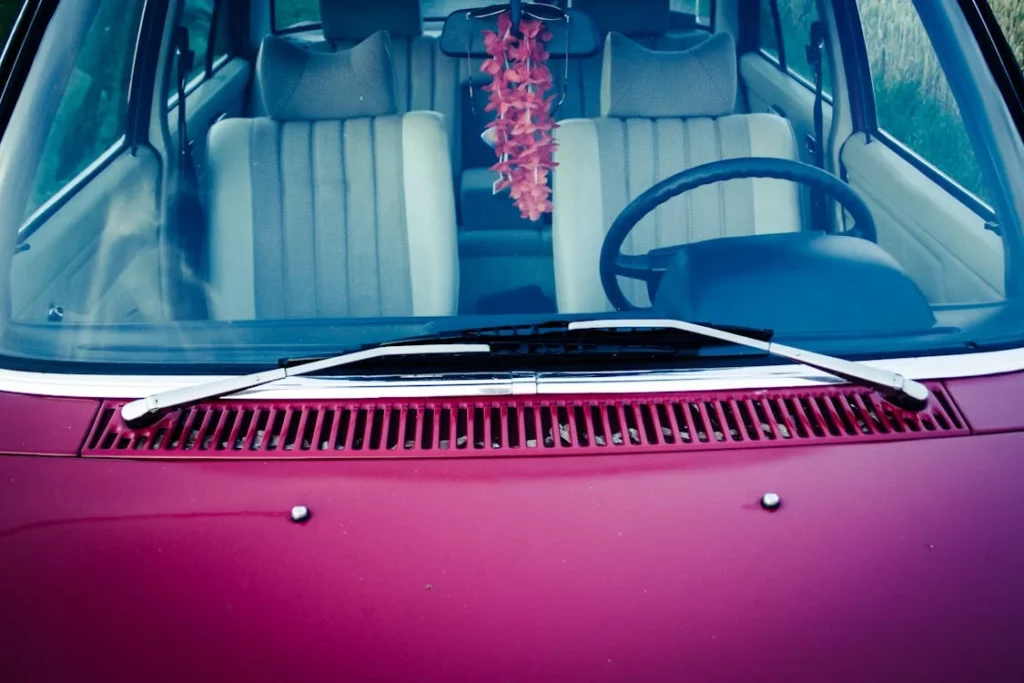
Choosing the right wiper blades involves evaluating several factors to ensure you select the best option for your vehicle and driving conditions. Here are some key considerations to help you make an informed decision:
- Consider Your Climate: Assess the typical weather conditions in your area. If you experience extreme temperatures or heavy rainfall, silicone wiper blades may offer superior durability and performance. For more moderate climates, rubber blades could provide adequate performance at a lower cost.
- Evaluate Blade Lifespan: Determine how long you need your wiper blades to last. Silicone wiper blades generally offer a longer lifespan and better resistance to environmental stressors, making them a good choice for long-term use.
- Check Compatibility: Ensure that the wiper blades you choose are compatible with your vehicle’s make and model. Consult your vehicle’s owner manual or the manufacturer’s specifications to select the correct size and type. For a detailed guide on how to choose the right size, check out this article on wiper blade sizes here.
- Compare Costs: Balance your budget with the desired performance. While silicone blades may have a higher upfront cost, their durability might offset this over time. Rubber blades are more affordable but may require more frequent replacements.
- Consult Reviews and Recommendations: Look for reviews and recommendations from other drivers or trusted sources. Feedback on performance and reliability can provide valuable insights into which wiper blades are the best fit for your needs.
- Check with Windshield Wiper Blade Manufacturers: For specific advice and options, consult leading windshield wiper blade manufacturers like CLWIPER. They can offer expert recommendations based on your vehicle and driving conditions, helping you make a well-informed choice.
Conclusion
As we’ve explored, the question of which is better: silicone or rubber wiper blades boils, down to your specific needs and driving conditions. Silicone blades offer exceptional durability and performance, making them ideal for those seeking longevity and efficiency. On the other hand, rubber blades are a more budget-friendly option, offering flexibility and good performance in colder climates. By considering your priorities and local weather, you can select the wiper blades that will keep your windshield clear and your driving experience safe.

